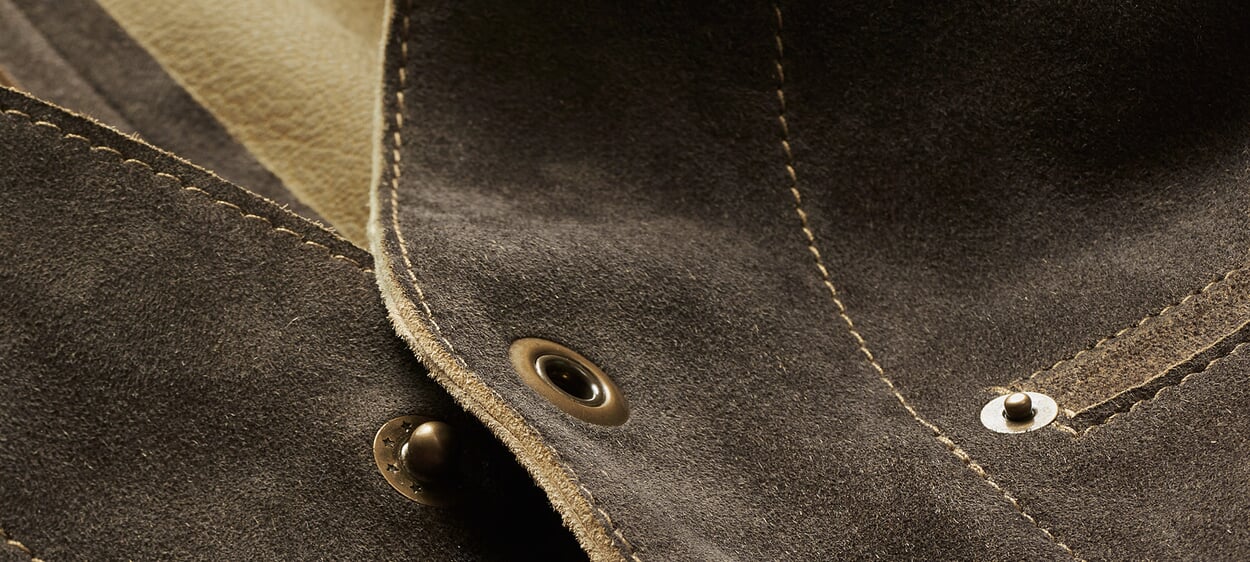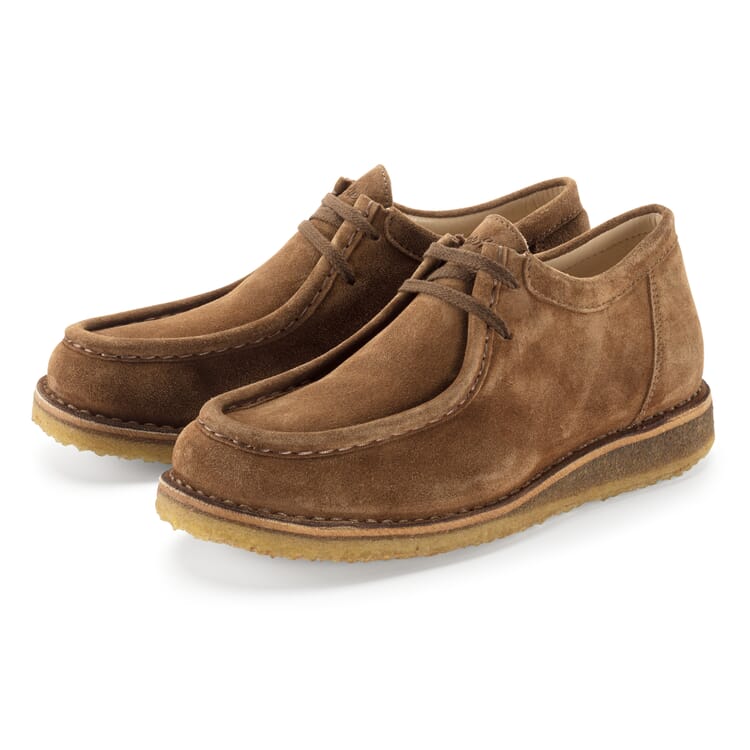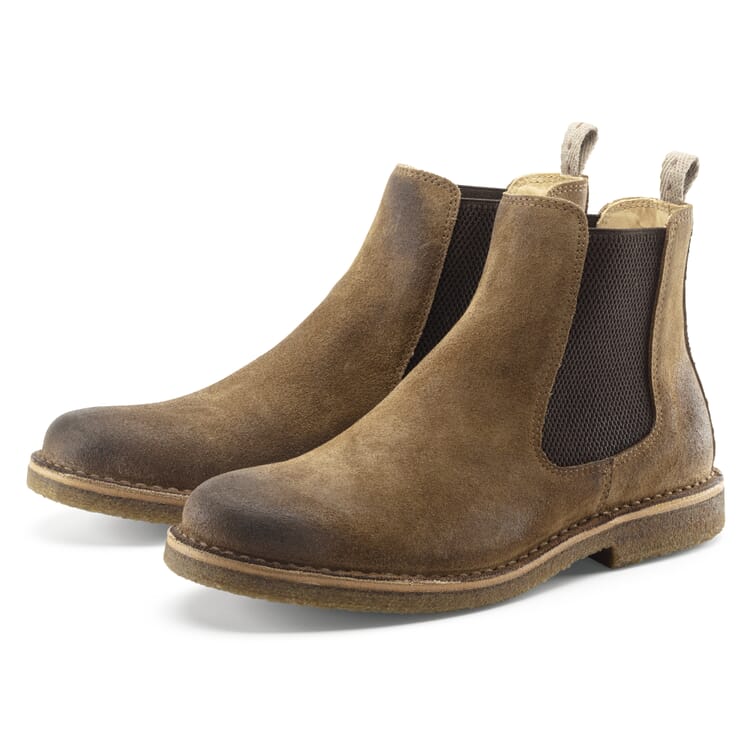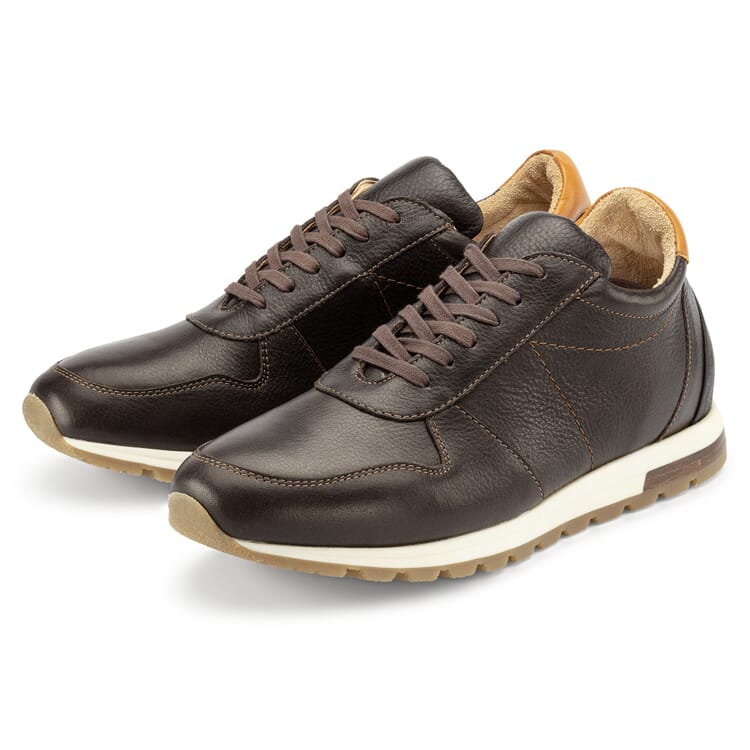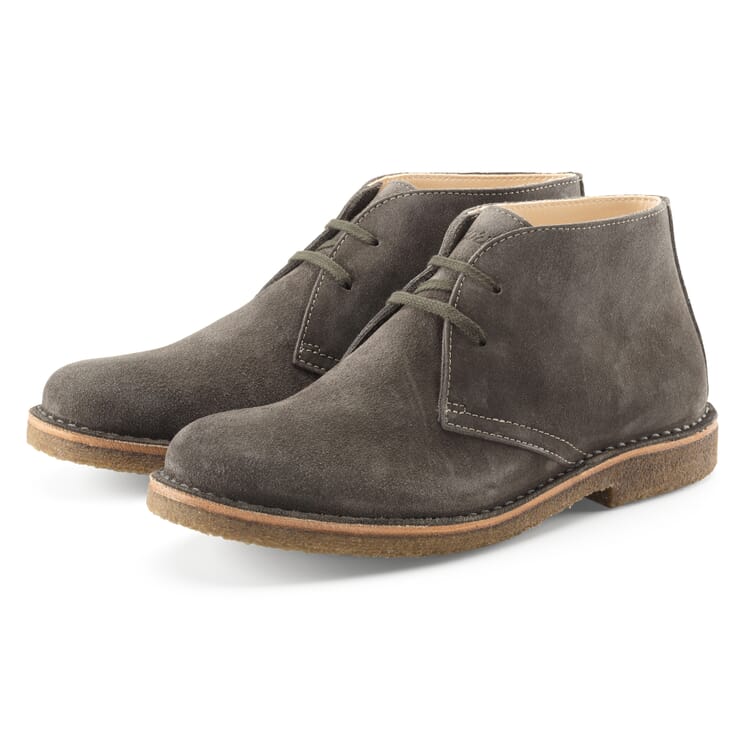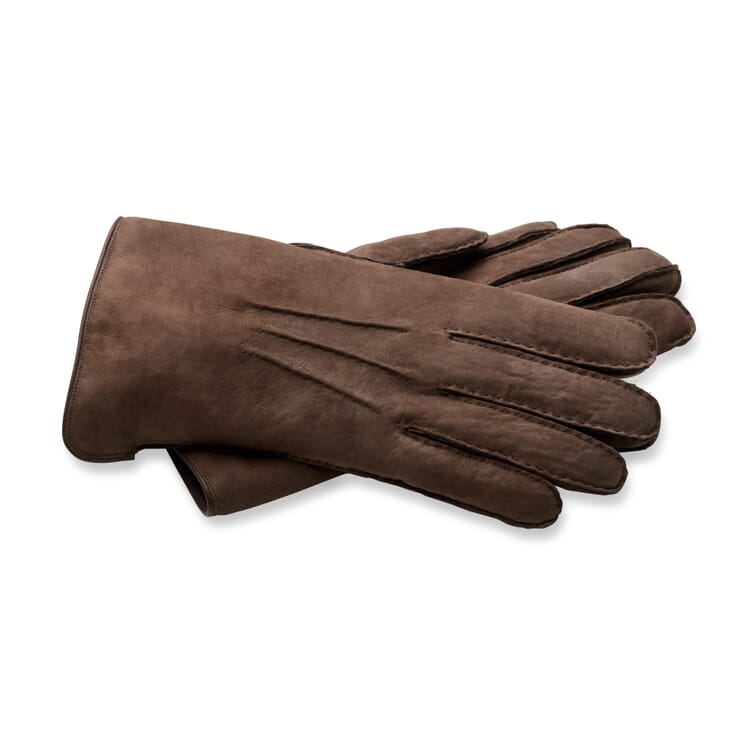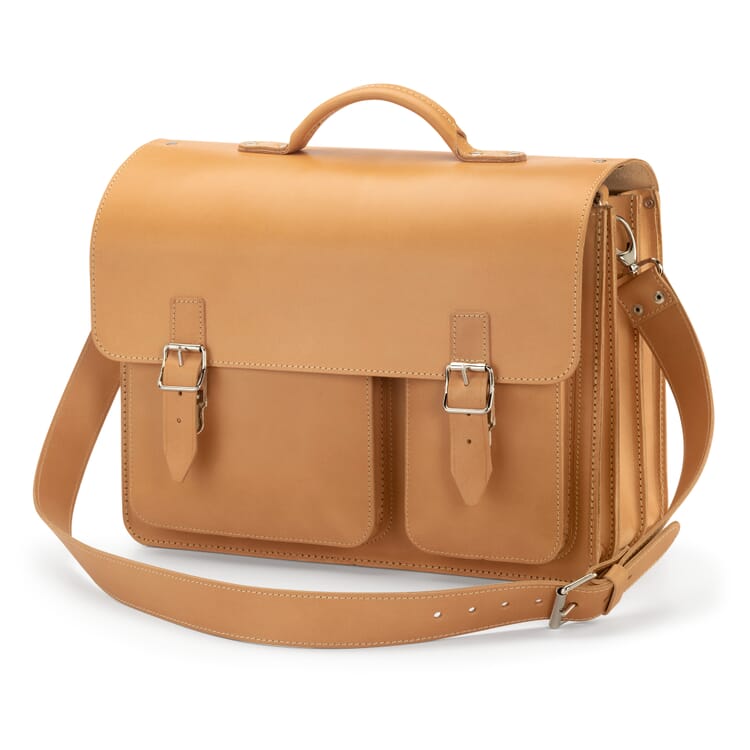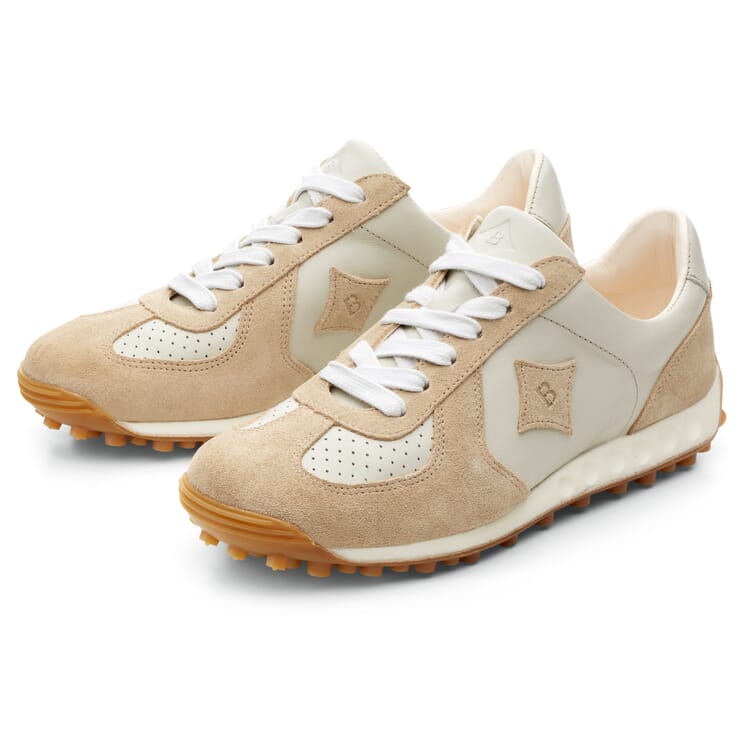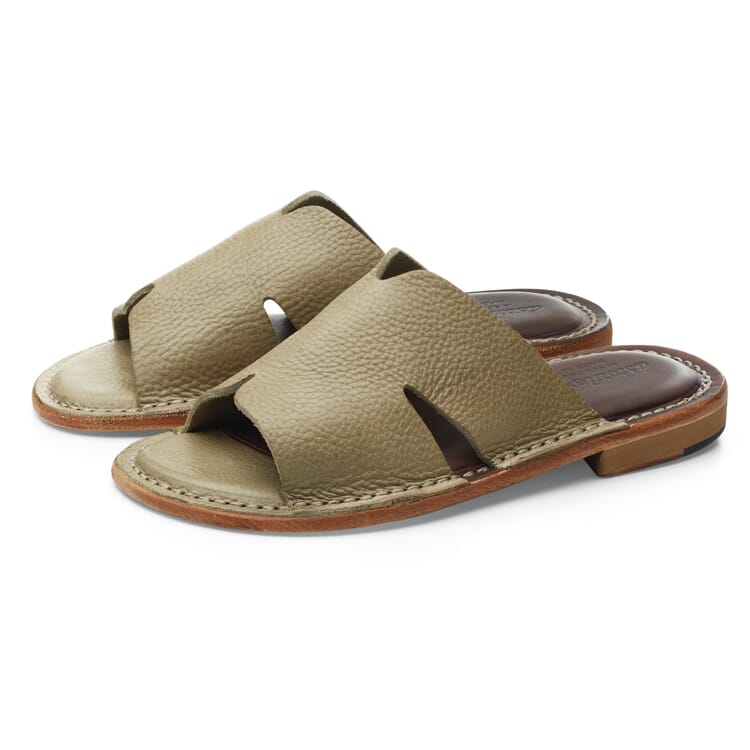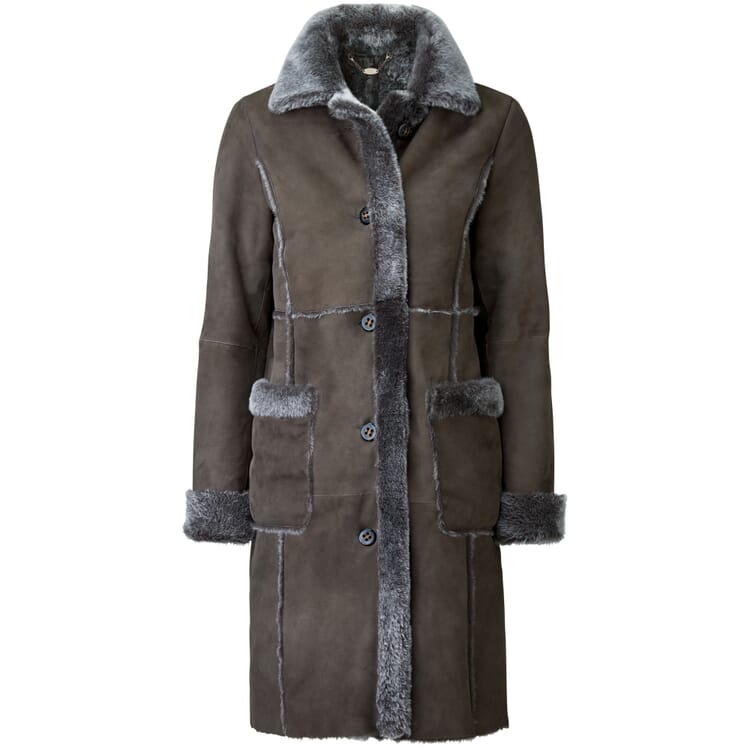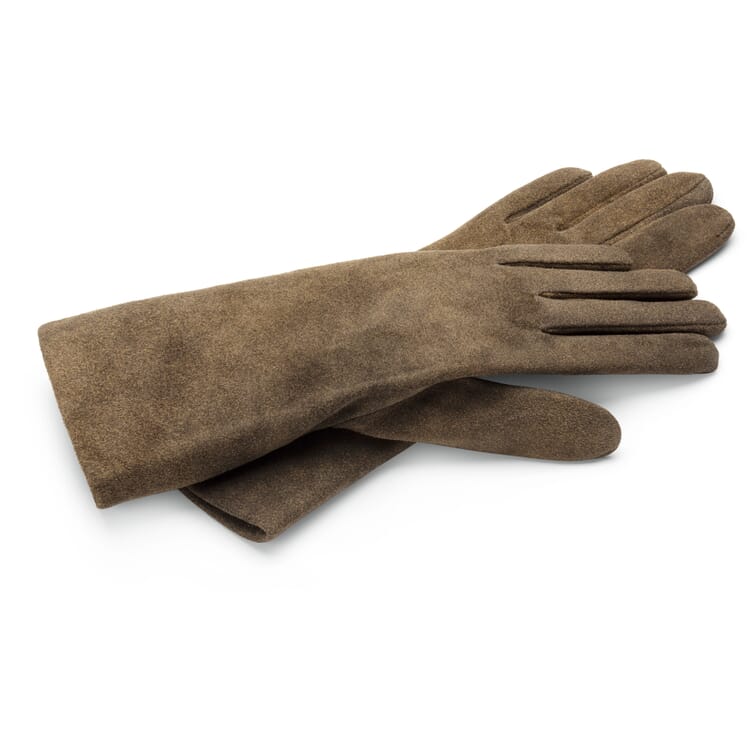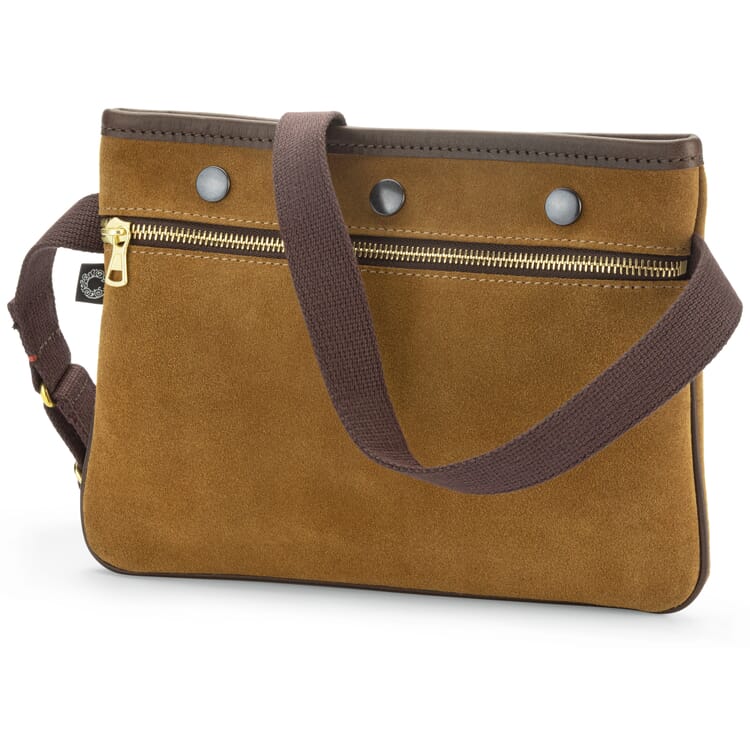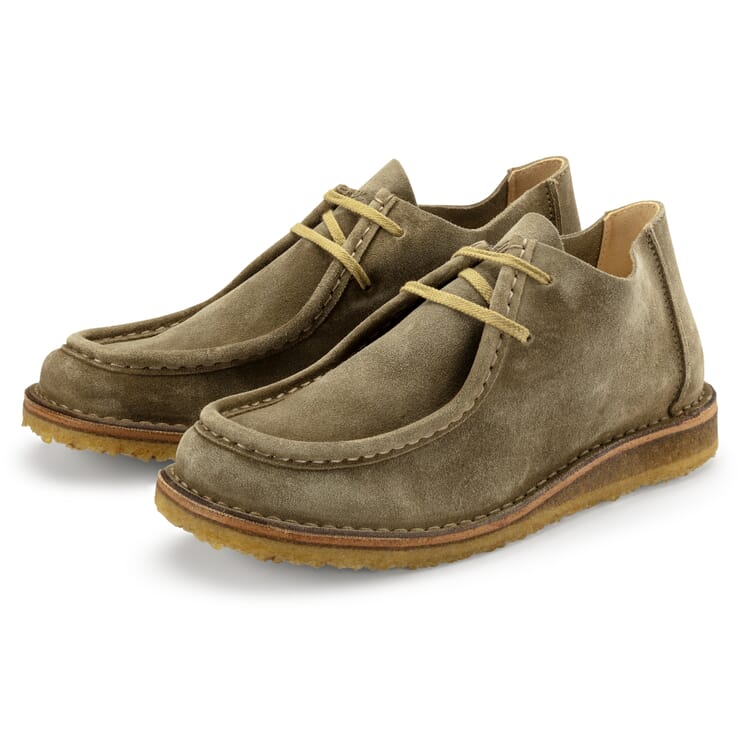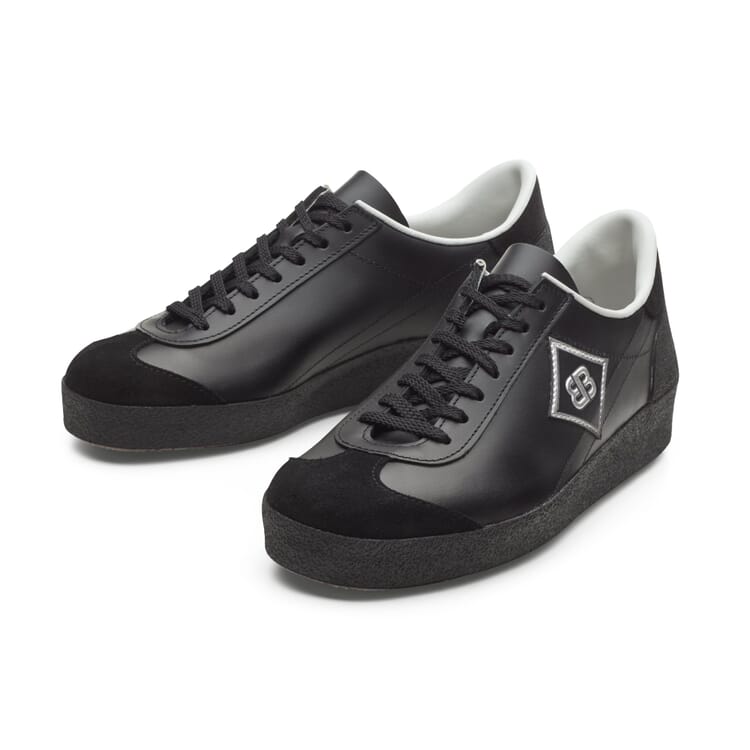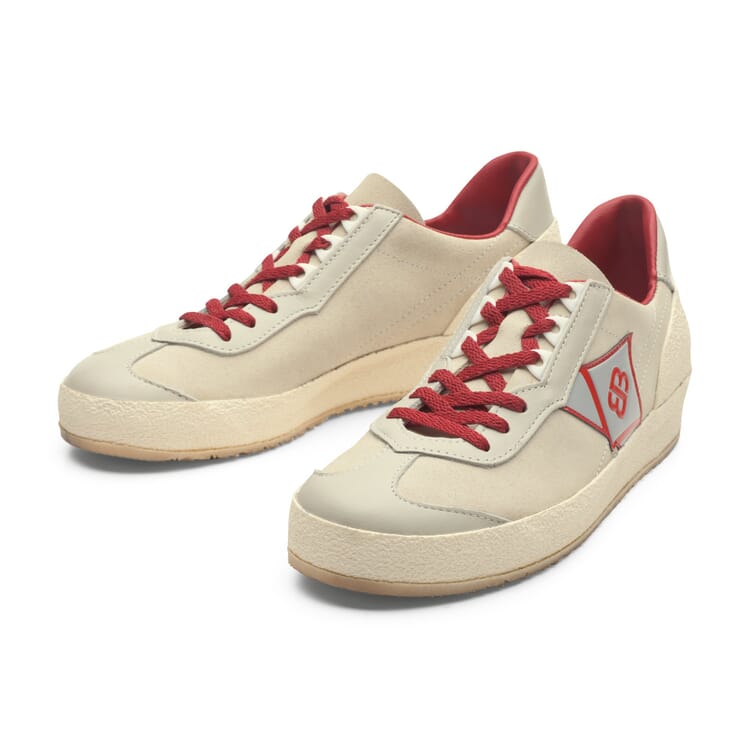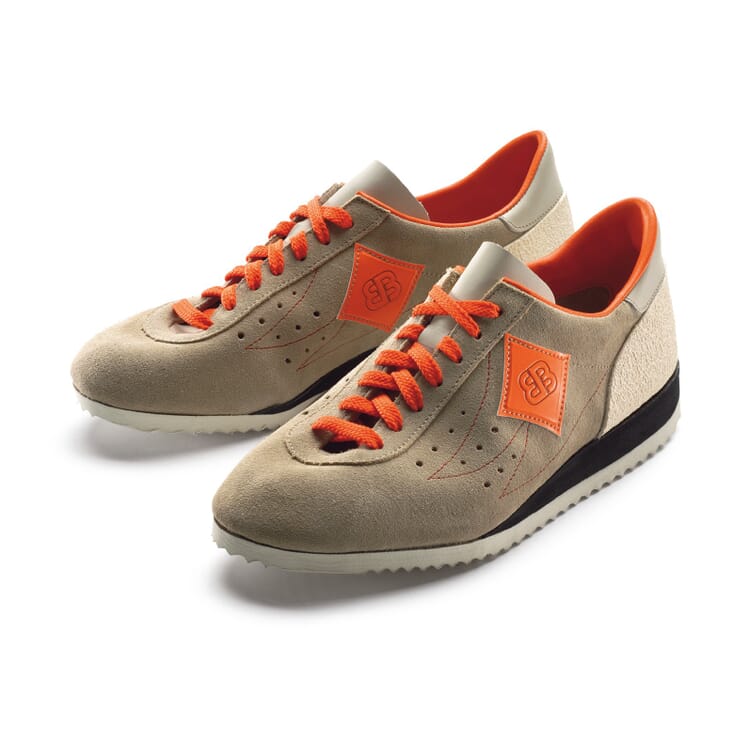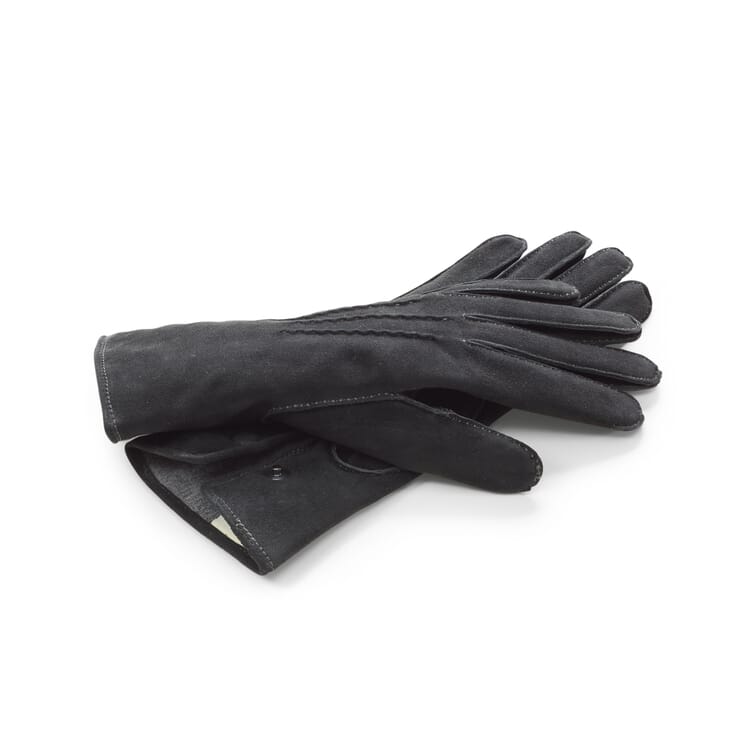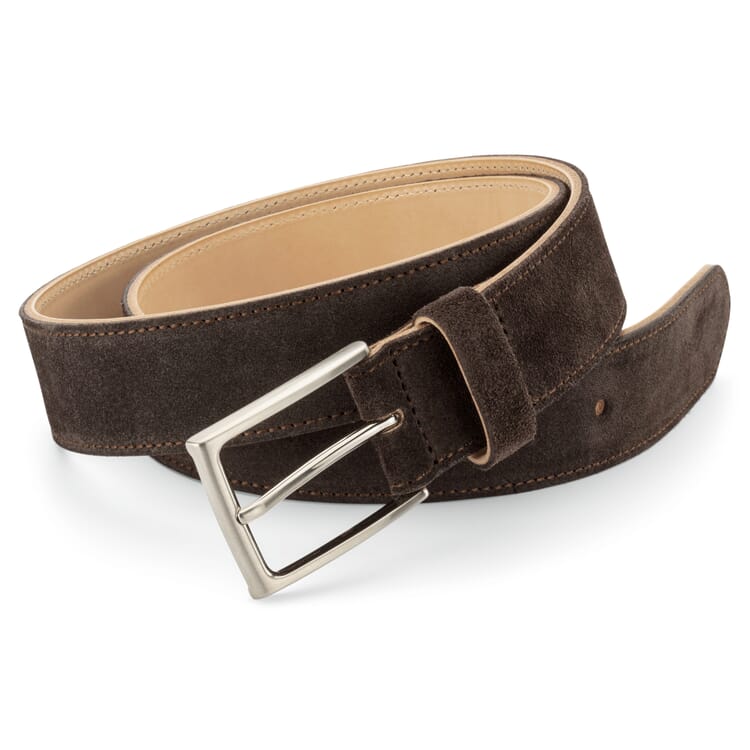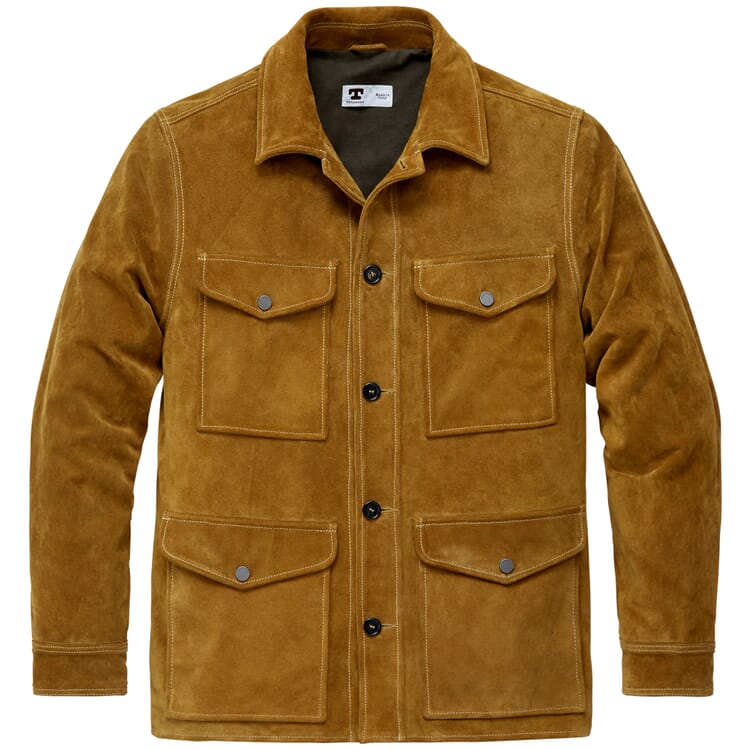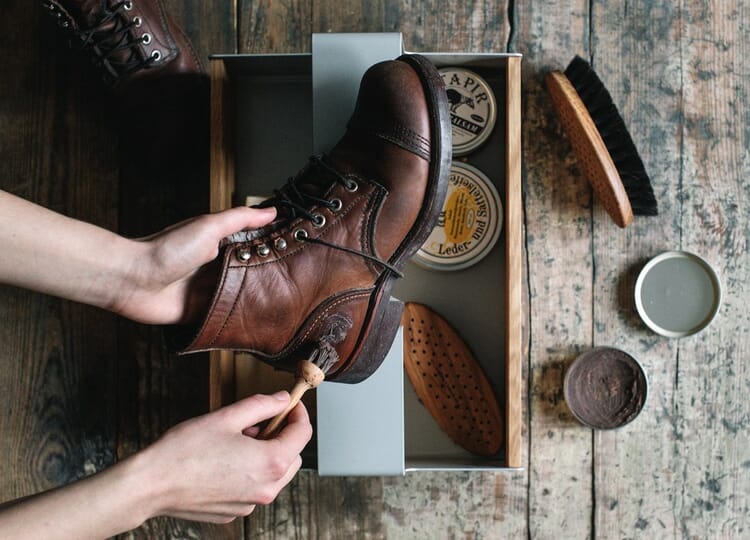Material
Suede leather. Velvety soft and breathable
Suede leather, also known as "suede" in the English-speaking world, is one of the rough leathers and is made from the hides of various animal species. Mostly it comes from domesticated animals such as cattle, calves, pigs, goats or sheep, somewhat less frequently from free-living game such as deer. Either the naturally rough back of the leather is processed into suede, or the leather is split downward, creating two rough sides. The term "suede," which is often mistakenly used interchangeably, stems from the fact that in the past, game hides were much more commonly used to make suede. By using the flesh side, damage on the grain side - such as antler injuries, thorn cracks or tick bites - could be concealed.
The properties of suede
The term "velour" comes from the French and means "velvet", which aptly describes the feel of suede. During processing, the rough side of the leather is abraded, resulting in a long-fibered, soft, slightly grainy surface. Suede is used for shoes, clothing, gloves, bags and small leather goods. Depending on which animal hides are processed into suede, the characteristics differ slightly - All suedes are characterized by a soft, warm feel. In cow suede, the fibers are somewhat coarser, while calf and goat suede have significantly finer fibers - With good care, suede is robust and durable. Calf and goat suede are particularly hard-wearing. They are therefore ideal as upper leather for shoes and jackets, for example. Both suede leathers are also significantly more resistant to tensile stress than pig suede. Suede is extremely breathable thanks to its open-pored nature, so moisture can be easily transported away. Therefore, it is often used as a material for sneakers and gloves. Characteristic for suede is the "writing effect ". If one strokes over the surface, the direction of the fibers is changed, whereby a visible line develops. Nubuk leather, which likewise belongs to the suede types, is characterized by similar characteristics. However, with nubuck leather, the grain side of the leather is sanded rather than the flesh side. This preserves the natural grain and the resulting pile is much finer and even a little more velvety than suede.
Regular care is the top priority for suede, the most important utensil is the crepe brush. With its help, you can not only remove dust and dirt, but also roughen up stuck, bacon-covered areas. Individual stains can also be removed with a leather eraser. To preserve the open-pored surface and prevent the fibers from sticking together, care products containing grease or wax should be avoided. To prevent moisture from penetrating too deeply into the leather, you can treat suede from time to time with a special impregnating agent. However, the material remains sensitive to moisture, so your shoes, jackets or bags made of suede are much better off at home in rainy weather.
Selected products with suede
Recommended Topics
Deerskin is obtained from the skin of various deer species such as red deer, white-tailed deer, roe deer and fallow deer, as well as elk and reindeer. Since the animals live largely in the wild on all continents, deerskin belongs to the category of suede. Unlike other leathers, it is only available in small quantities, as deer hunting is subject to strict regulations. It is therefore one of the rarer, more exquisite types of leather.
View moreLeather lives. Treatment with greasing care products not only makes it more beautiful, but also gives it back the fluidity that ensures that friction and wear are reduced and delayed in the fiber structure of its material composition.
View moreTanning is the process by which animal hide acquires its resistance to water and decay. Protein fibers are converted into leather fibers in the process - a process that cannot be replicated synthetically. In addition to the nature of the raw material, the type of tanning determines the quality and properties of the leather end product: the strength, stretchability, water tolerance, hardness or suppleness of the leather are largely determined by the tanning process.
View more
